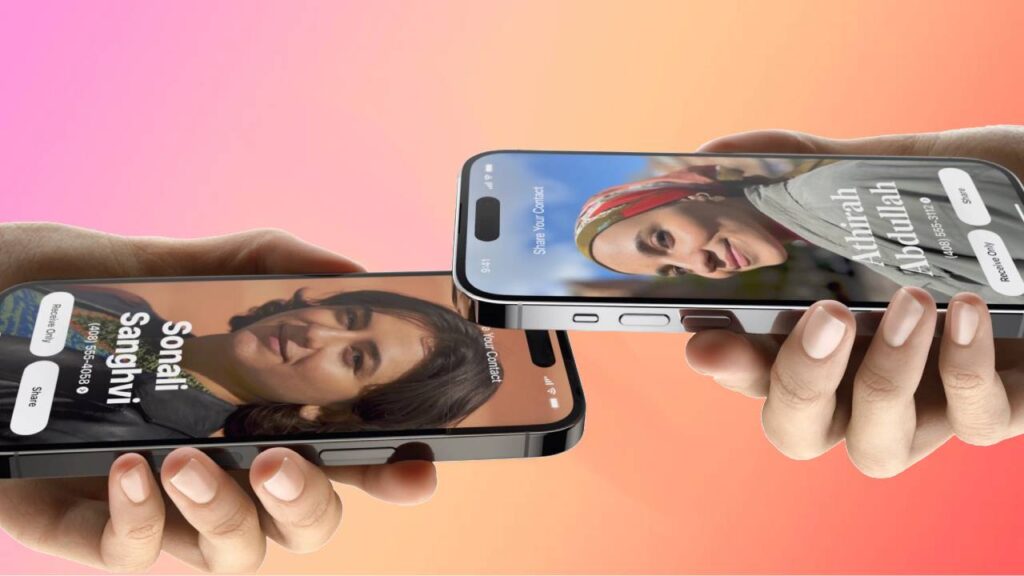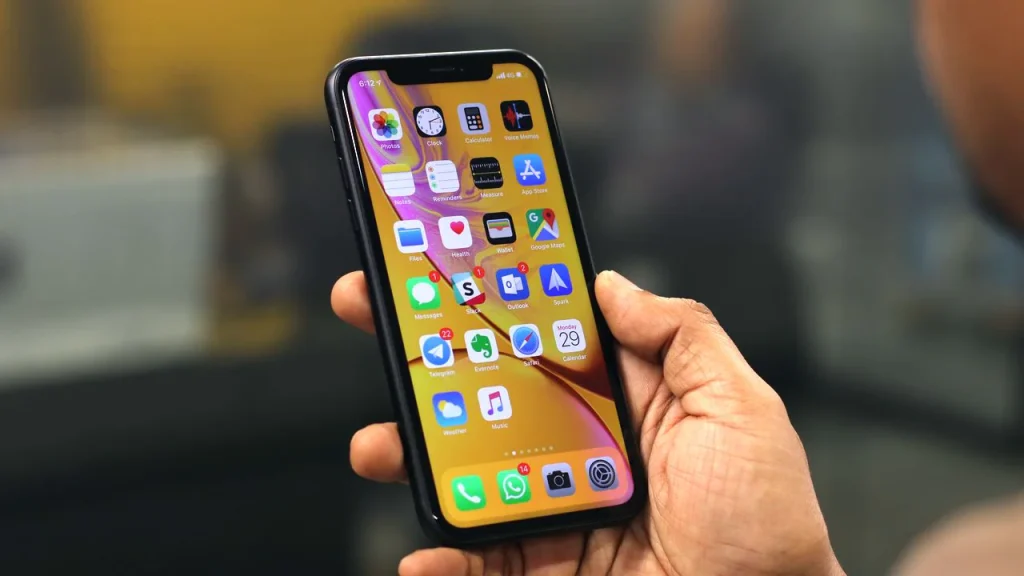In every industry, there are brands engaged in eternal competition with each other. One of the most widespread and well-known rivalries is undoubtedly between Android and iOS. Not only the developers of these two operating systems, but even their users argue with each other. However, years later, Apple introduced a feature in iOS 17 that it had previously mocked Android for. Here are the details on this matter…
Apple introduced the NameDrop feature with iOS 17, but this feature was originally mocked!
Exactly 10 years ago, in 2013, Apple introduced a groundbreaking technology called AirDrop. It is a data sharing feature that you are familiar with and use almost every day. AirDrop is a data sharing feature similar to the old Bluetooth system. Through AirDrop, you can now transfer all the information from your old iPhone to a new iPhone when switching devices.

This feature works by interacting with other Apple iPhones present in the vicinity. The owners of other devices allow data exchange, and phones can transfer files such as photos, videos, documents, etc., even over long distances (within the AirDrop coverage area). When AirDrop was initially introduced, Android devices had just introduced NFC technology. NFC technology required physically touching both devices together to perform data transfers.
NFC, which we now commonly use for transactions like bank cards, public transport cards, etc., was initially intended for data transfer between devices. When Apple first released the AirDrop feature, it made some teasing remarks towards the Android camp, saying things like “now you don’t need to bump your phones together to exchange data.” However, the introduction of the NameDrop feature may have given Android manufacturers a countermeasure.
With the Apple NameDrop feature, when two iPhones touch each other, information is exchanged between the devices. This information primarily consists of personal contact details like phone numbers, social media accounts, etc. The feature can actually work with AirDrop as well, but for a more convenient usage, the direct contact between two iPhones was chosen as the method.

This might be a logical preference, but it could also open up a way for the Android camp to seek revenge for the “phone collision” wave. After all, Apple has practically implemented the system it mocked on its own devices. What do you think about this? Don’t forget to share your opinions in the comments section…














